
Lucknow's residential sector bucks national trend, recording a 25% rise in sales (1,301 units) and 48% value jump to ₹1,797 crore in Q1 2025, driven by infrastructure upgrades and employment growth.

Nagpur’s real estate market is thriving due to infrastructure upgrades, Smart City projects, and strategic location, driving property prices up by 58% in key areas like Hingna Road.

India's real estate sector, particularly residential, is rebounding thanks to government policies like reduced home loan interest rates and tax relief, attracting more buyers and foreign investment.
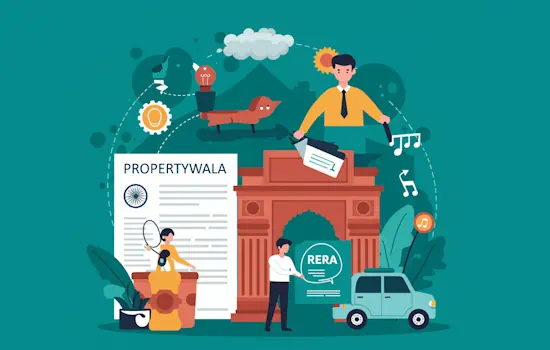
CREDAI plans to request amendments to the Real Estate Bill from the Central Government, fearing increased housing costs and discouragement for smaller developers.

Tier-II and Tier-III cities in India are experiencing significant growth in residential real estate transactions, contrasting with the slowdown in major metros.

New SEZ policies are set to significantly impact the real estate and IT sectors by enabling smaller IT parks and mixed-use developments.

Studio apartments, despite their small size (avg. 350 sq. ft.), are witnessing rising demand due to affordability and low maintenance costs.

Investment in township projects around cities and suburbs is seen as a better option, with experts suggesting that these areas hold more potential for growth and higher returns.
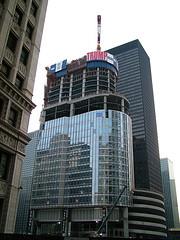
Commercial property investment is most lucrative in major cities with robust infrastructure, better connectivity, and higher rental appreciation compared to tier-II cities.

Tier-2 cities in India drive growth through stabilized domestic demand for residential and commercial properties.
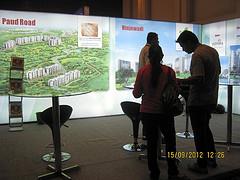
Indian builders showcase new projects at Kuwait Property Exhibition on January 11-12, targeting NRI homebuyers with properties from various cities and attractive investment opportunities.

Removing the cap on loans has boosted NRIs' desire to invest in Indian real estate. Approx. 90% of NRIs in UAE prefer real estate investment in India.

Hyderabad real estate anticipates increased demand for transit-oriented residential units due to the proposed Metro Rail project, impacting property prices and development.

South Indian cities are becoming important real estate hubs due to improving transparency and a focus on quality development. Residential markets remain resilient with an affordability mantra.

Real estate brokers in major Indian cities are switching to other businesses due to a slump in home sales. Smaller players are particularly affected, forcing many to seek jobs in different sectors.
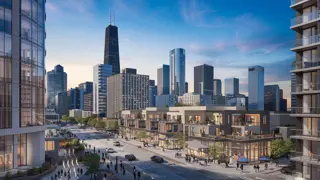
Crisil introduces real estate ratings to aid buyers in making informed decisions. The rating system assesses various parameters and will cover 21 projects across Tier-I and II cities.

Yatra Capital to invest ₹115 cr in Indian real estate in FY10, focusing on affordable residential projects in tier I and II cities.

Indian real estate has seen substantial price growth, with properties multiplying in value over time. Experts advise including real estate in investment portfolios.
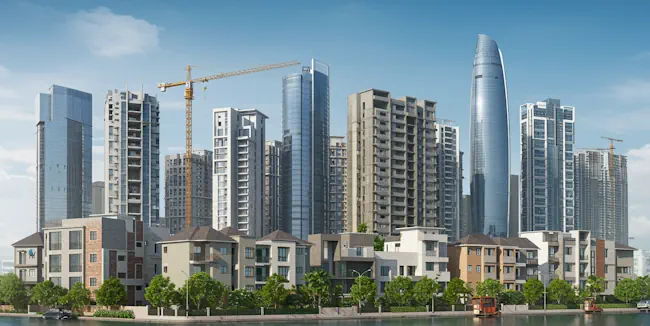
Better Option Propmart (BOP) plans to launch 15 real estate boutiques across North India, offering free consultations and a consumer-durable shopping experience.

The realty market witnesses a resurgence in demand for luxury homes, not just in prime locations like Bangalore and Mumbai but also in tier-II and tier-III cities like Nagpur and Ahmadabad.
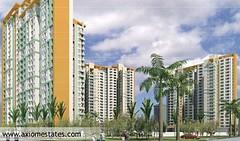
Indian real estate is experiencing a resurgence due to increased construction, especially in affordable housing, and record-low home loan rates. This has led to renewed optimism among consumers, particularly in Tier II and Tier III cities.
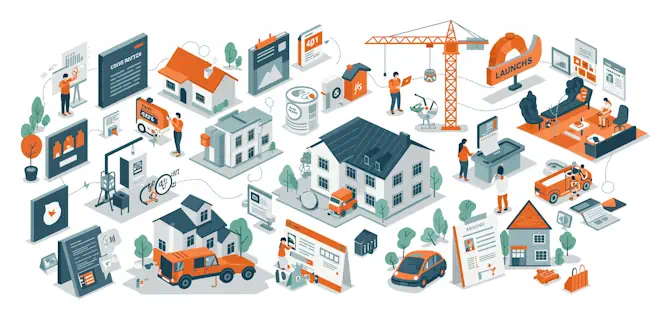
Tata Housing launches 'New Haven' with 1,300 affordable apartments starting at ₹12.73 lakh in Mumbai, expanding its affordability drive in the housing sector.
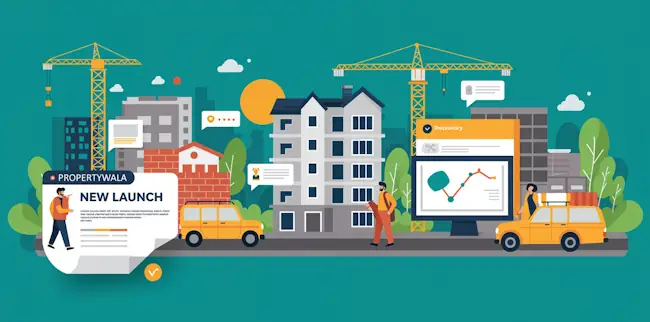
Parsvnath Developers Ltd. launches Parsvnath City in Saharanpur, offering plots, independent floors, and villas. The project spans 100+ acres and targets affordable housing with prices starting at Rs 9.50 lakh.
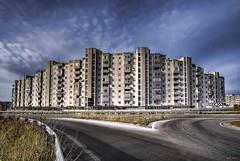
Indiabulls to Launch 6-7 Residential Projects with $500M Fund

Middle-class families struggle to find affordable housing in metro cities, often facing poor designs and compromises in quality. Design standards are needed for builders.